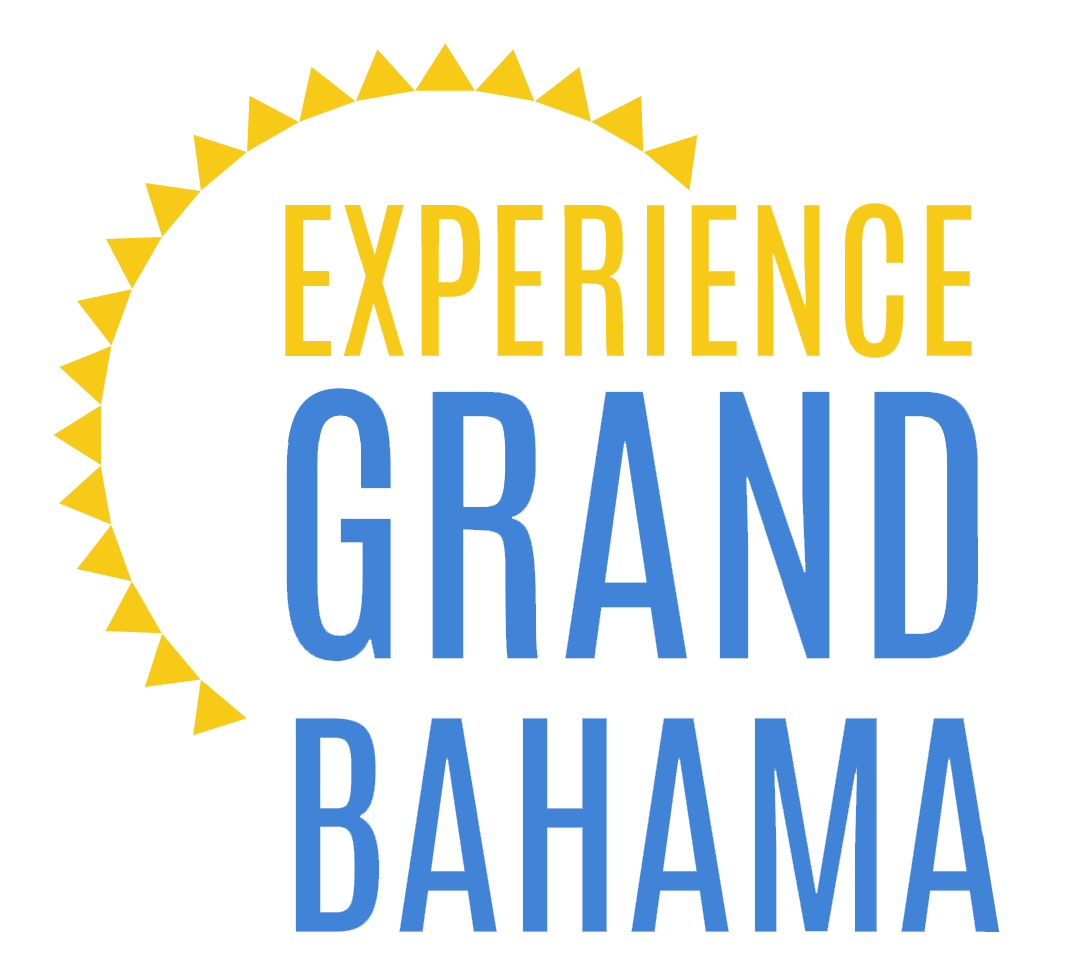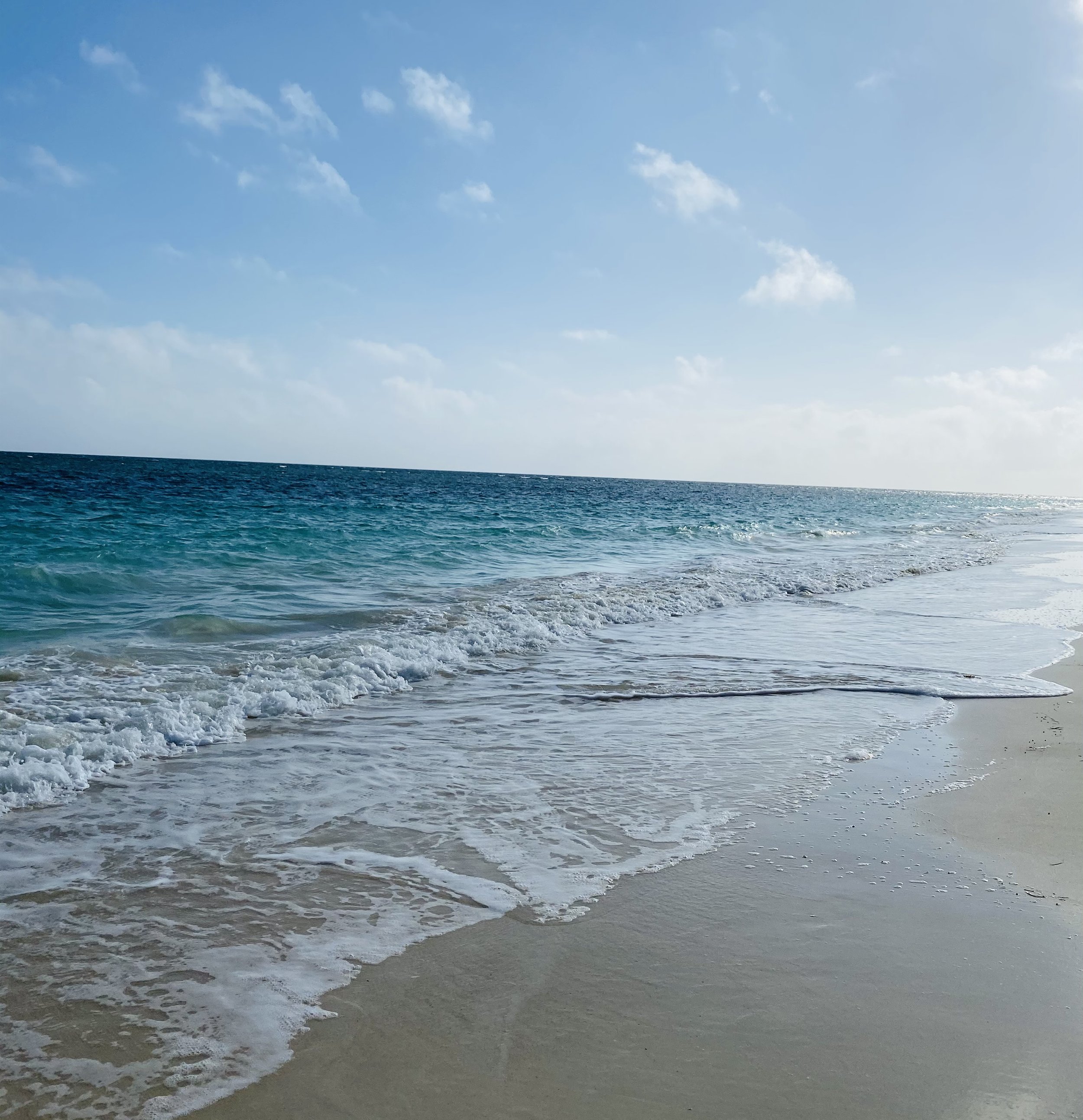Explore the information you need to plan your vacation to Grand Bahama Island
Listed below are basic facts & figures, the culture of Grand Bahamians, and the Language spoken on the island, along with information about the government on the island of Grand Bahama Island.
-
Country: The Commonwealth of The Bahamas
Capital: Many believe that Freeport is the capital of Grand Bahama Island, but West End is the official capital.
Currency: Bahamian Dollar (BSD). The Bahamian dollar is typically on par with the U.S. Dollar (USD). The U.S. Dollar is accepted throughout The Bahamas.
Climate: Thanks to the warm Gulf Stream currents and balmy trade winds, Grand Bahama Island has sub-tropical weather, which is generally pleasant all year long.
There are two seasons here:
Summer: May through September, with temperatures around 80-85°F
Winter: October through April with temperatures averaging 70-75°F. The rainy season spans from May through October.
Economy: The Bahamas is a stable, developing nation driven primarily by the tourism, financial services, and fishing industries, respectively.
Ethnic Background: The largest ethnic groups in The Bahamas are African, European, Asian, and Hispanic. Eighty-five percent of the Bahamian population is of African heritage. Many ancestors arrived in The Bahamas when the islands served as a staging area for the slave trade in the early 1800s. Others accompanied thousands of British loyalists who fled the American colonies during the Revolutionary War. Haitians form the largest immigrant community in the country.
Flag: The design of the Bahamian flag is a black equilateral triangle against the mast superimposed on a horizontal background, which is made up of two colors on three equal stripes: aquamarine, gold, and aquamarine.
Black, a strong color, represents the vigor and force of a united people. The triangle represents the enterprise and determination of the Bahamian people to develop and process the rich resources of land and sea, symbolized by gold and aquamarine, respectively.
-
GRAND BAHAMA ISLAND’S VIBRANT CULTURE
There are many components that make up the wonderful, colorful culture found on Grand Bahama Island, such as music, Junkanoo, language, art, and above all, the people. The Islands of The Bahamas, with their rich and often conflicted history, have developed a unique culture that blends the traditions and beliefs of the many groups that have lived here. Today, Grand Bahamians are most known for their value for entrepreneurship and their love of the outdoors, especially the sea. Experience more of Grand Bahama Island’s culture.
RAKE ‘N’ SCRAPE MUSIC
Following a visit to Cat Island and a special radio broadcast session, Charles Carter brought much attention to the native sounds of Rake ‘N Scrape music. The island music is highlighted by the pounding of goombay goatskin drums, the scraping of carpenter saws, and the melodious voice of the accordion. Rake ‘N Scrape was created when slaves needed to recreate instruments with whatever indigenous materials were available to them. Traditionally, Rake ‘N Scrape was used to accompany the Bahama Quadrille and heel-and-toe polka, but the scraping sounds can now be heard in various Bahamian cultural festivals, events, and venues.
JUNKANOO FESTIVAL
Junkanoo is the most distinguished cultural event in the Islands of the Bahamas. During the slavery era, slaves were given three days off. Those days were celebrated in a parade of music and dance: the Junkanoo Festival. Now, the vibrant cultural festival can be seen and heard through the streets of Freeport twice yearly, on December 26th and January 1st. For those who don’t get a chance to witness firsthand the outstanding display of this Bahamian tradition, Junkanoo music can be heard echoing through various Grand Bahama locations at all times of the year. Enjoy the music fusion of goatskin drums, cowbells, conch shell horns, and whistles while sipping your Bahama Mama!
ART GALLERIES
Bahamian culture can be seen and experienced at various art galleries on the island. You can get a glimpse at life on Grand Bahama Island through Leo Brown’s paintings in Port Lucaya Marketplace or discover beautiful art and hand-crafted jewelry at The Gallery surrounded by nature’s own canvas at the Garden of the Groves.
• Flovin Gallery – Port Lucaya Marketplace
• Freeport Art Center – Freeport
• Leo’s Art Gallery – Port Lucaya Marketplace
• The Gallery – Garden of the Groves
• Grand Bahama Artist Association Grand Bahama Artists Association
ARTS AND CRAFTS
Explore the beautiful glass sculptures, woodcarvings, ceramics, and other authentic Bahamian crafts. The native art gallery, Bahamian Tings, carries a wonderful selection of authentic handcrafted items such as Abaco ceramics and woodwork. Head to the Glass Blower Shop and marvel at Sidney Pratt’s amazing talent as he creates unique sculptures out of glass.
• Bahamian Tings – Freeport, Grand Bahama Island
• Hoyte’s Art & Nature – Port Lucaya Marketplace
• Island Galleria – Port Lucaya Marketplace
STRAW MARKETS
The beauty of Bahamian art and culture is woven tightly in the ancient art form of straw plaiting. Straw work also represents a big part of Bahamian heritage. Back in the year 1720, The Bahamas’ 15th colonial governor’s wife, Penelope Phenney, created a market for Bahamian straw products. During that time, hats, baskets, and other items were sold and so began a thriving industry for Bahamian women. Hand-made items including straw hats and bags can be found at the local straw markets at Port Lucaya Marketplace and Taino Beach.
-
If you’ve done some international traveling or met foreigners in your hometown, you’ve probably discovered that almost everyone enjoys good food, laughter, and love. Grand Bahamians do too! If you are contemplating a trip to the Grand Bahama Island and wondering if the locals are friendly, don’t worry – you’ll soon realize that they are probably among the most easy-going people on Earth.
Many of the current residents on Grand Bahama Island were not born here. Locals are mostly descendants of West African slaves that were captured in their native land and shipped to the Americas to work on cotton plantations during the 1600s and 1700s. Many white Bahamians trace their ancestry back to the Puritans of the 1600s, who emigrated from England to escape religious persecution. After the American Revolution, many Loyalists from the American colonies also immigrated to The Bahamas.
Today’s rich Bahamian culture draws upon the many tribes and groups that first lived on the Grand Bahama Island in its early years but also incorporates various European and West African cultural influences.
Interested in knowing more? One of the best ways to learn about Grand Bahamians and the culture of the island is through the People-to-People Program, which brings together visitors and residents of similar professions, hobbies, etc. to create special memories that will last a lifetime.
To participate in the People-to-People program during your visit to Grand Bahama Island, contact the Grand Bahama Island Tourism Board:
People-to-People Program
PO Box F-40251
Freeport, Grand Bahama Island
Phone: (242) 350-8600
Fax: (242) 352-2714
Email:
-
The official language of The Bahamas is English. Common speech is more British than English, however, there are some noticeable West Indies influences as well. There is no language barrier between the English-speaking world and Bahamians, however, when listening to locals speak amongst each other, you will certainly hear plenty of Slang words tossed around, many of which you might not yet be familiar with. Bahamian dialect definitely makes for a very colorful and interesting sound.
-
As a member of the Commonwealth of Nations, The Bahamas recognizes His Majesty King Charles as Head of State. The Governor-General is His Majesty’s representative in The Bahamas. The Cabinet constitutes the executive branch and has general direction and control of the Government of The Bahamas. It is necessary for the Cabinet to comprise at least nine ministers, including the Prime Minister and Attorney General. The Governor-General of The Bahamas is Her Excellency Cynthia A. Pratt, and the Prime Minister of The Bahamas is the Rt. Hon. Philip Davis.
Highest Point: 40 ft.
Independence: Independence from the United Kingdom was received on July 10, 1973.
Island Size: Grand Bahama Island is 530 square miles, 96 miles long from east to west, and 17 miles across at its widest point.
Language: The official language of The Bahamas is English. You will often hear British accents and Bahamian dialects.
Location: Grand Bahama Island is located in the Caribbean, in the Atlantic Ocean, 200 miles west of Nassau, 55 miles from Southwest Florida, and is located northeast of Cuba. Its coordinates are 26°39′N 78°19′W.
Motto: The Bahamian National Motto is “Forward, Upward, Onward Together”.
Nationality: Bahamian
National Anthem: March On, Bahamaland
National Bird: West Indian Pink Flamingo
National Dish: Conch, served in a variety of ways
National Flower: The yellow elder, a tubular yellow flower with ultra-fine red stripes on each petal.
Population: The population census for Grand Bahama Island was 46,994 in the year 2000 and the population census for all of the Islands of The Bahamas was 303,611.
Religions: Various religions are practiced in The Bahamas. The most popular are Baptist, Anglican, Roman Catholic, Pentecostal, Church of God, Methodist, and other Christian religions.
Terrain: The terrain in The Bahamas is generally low and flat. Grand Bahama Island features breathtaking white sandy beaches, beautifully clear turquoise blue waters, and plenty of lush, tropical foliage.
Time Zone: Grand Bahama Island is in the Eastern Standard Time zone (EST). Daylight Savings Time (DST) is observed in the summer months from March to November when the time is shifted forward by 1 hour to Eastern Daylight-savings Time (EDT). It shifts back by 1 hour after the summer months, and returns to EST.
Traffic: Automobiles drive on the LEFT side of the road.

